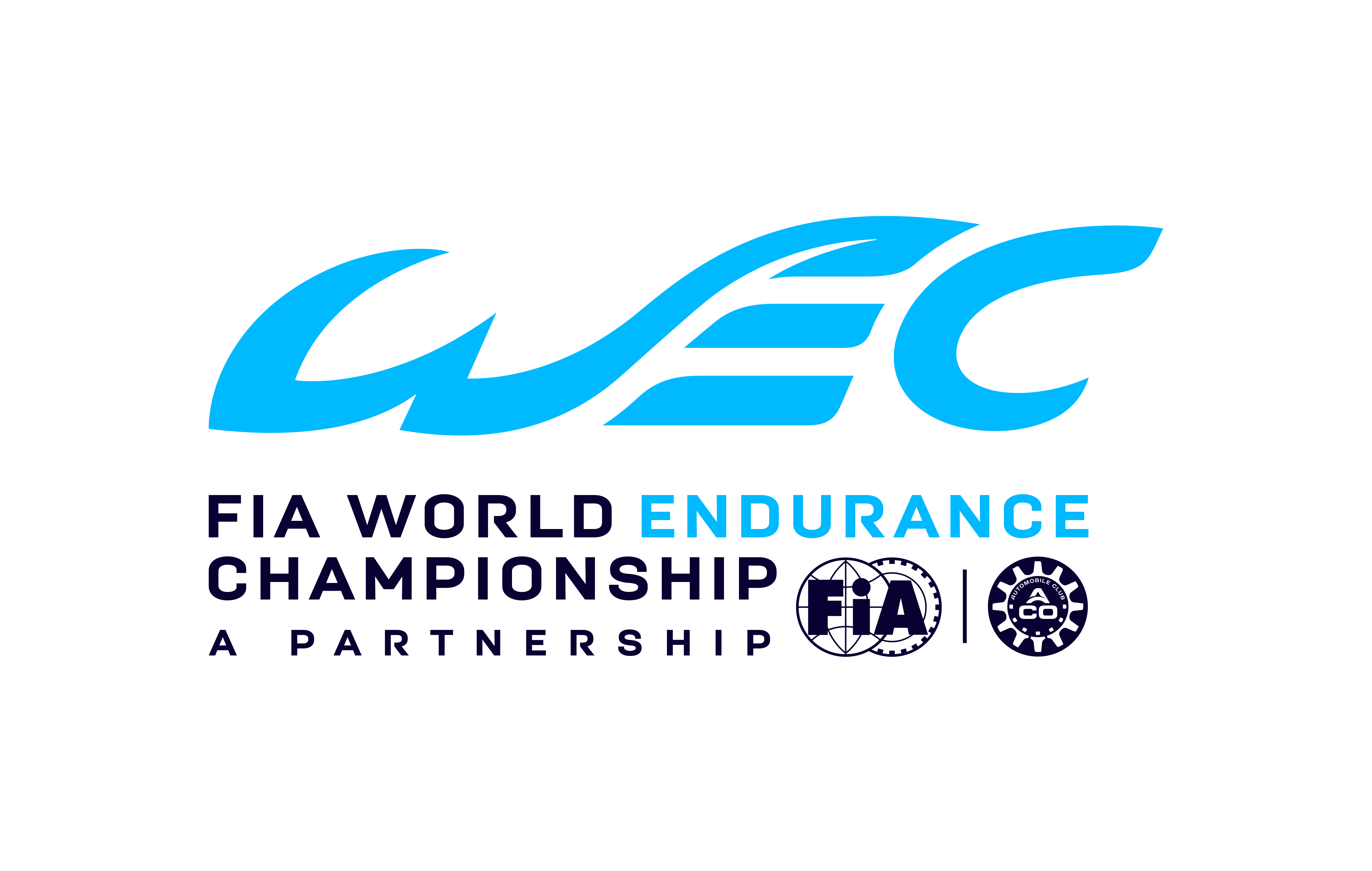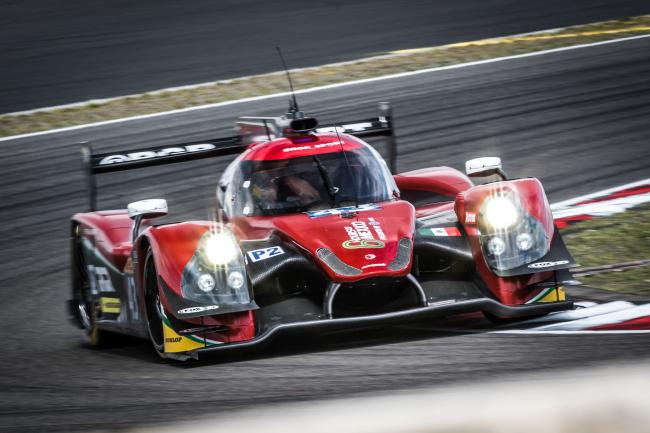The 6 Hours of Mexico presented by AT&T is almost upon us. The exciting and challenging Autodromo Hermanos Rodriguez beckons for the bumper grid of FIA World Endurance Championship cars early next month.
FIA WEC fans are notorious for their depth of knowledge but here are a few extra facts and points of interest to impress your friends and colleagues as the countdown to the big race continues.
-
The Autodromo Hermanos Rodriguez sits in the original Magdalena Mixhuca Sports City complex which was the official Olympic park for the 1968 Summer Olympics. Many of the events were held within the confines of the park, most notably the track cycling velodrome and the municipal stadium where the field hockey was won by Pakistan after they beat Australia 2-1.
-
At 2240 metres above sea level Mexico City is the highest circuit that has hosted an FIA-sanctioned event. The second highest is Kyalami. The effect of the altitude at the Autodromo Hermanos Rodriguez can be measured in terms of engine output. As the height of cars racing increases, air pressure drops and the thinner air has therefore less oxygen available for combustion purposes, so the power decreases in terms of its output. So, for every 100m increase in altitude, engine output usually depletes by approximately one percent.
-
Things are different though for the turbocharged engines. A turbo forces air into the engine at a similar pressure to the way it performs at lower altitudes, meaning that the power remains constant. The trade-off is that the turbocharger(s) have to work harder and so other components on the powerunits are susceptible to unreliability. With an MGU-H having to work harder than usual the regeneration will also lose some efficiency.
-
The brothers Rodriguez, after whom the circuit is named, are famous throughout racing for their pioneering and successful exploits in F1 and endurance racing. Ricardo Rodríguez is still the youngest driver to score a top three finish at Le Mans, in 1960, while elder brother Pedro Rodríguez won Le Mans in 1968 in a Ford GT40.
-
Racing in Mexico has always had a strong family flavour. Current and recent drivers have followed in the footsteps of their fathers and uncles. They have included Roberto Gonzalez, Sr, Michel Jourdain, Sr, Bernard Jourdain, Rodolfo Junco, Sr, and Guillermo Rojas who have all competed at Autodromo Hermanos Rodrigues
-
The last ever Group C2 category race in the World Sports-Prototype Championship was held at Mexico City in the autumn of 1989. C2 was a popular class of racing throughout the 1980s but was ended at the final race of the 1989 season at Autodromo Hermanos Rodrigues. Fittingly, it was won by local racers Giovanni Aloi and Andres Conteras in a John McNeil run Spice-Cosworth that won the final C2 race in the World Sports-Prototype Championship. Aloi indeed went on to become a Formula One prospect the following year as he was nominated to drive the infamous GLAS F1 car which was to be Mexico’s first Grand Prix team. The operation however failed to materialise.
-
Ferrari Competizioni GT's engineering chief, Maurizio Nardon, will have special memories of the Hermanos Rodriguez track as he was engineering Nigel Mansell at Ferrari in one of his most famous races in 1990. The brave British racer engaged in a superb battle with McLaren’s Gerhard Berger and famously made a spectacular overtaking move around the Austrian in the closing stages of the race at the fearsome Peraltada corner which led on to the start/finish straight. The second place finish was lauded as one of Mansell’s best ever performances.
-
Check out the timetable for the 6 Hours of Mexico presented by AT&T here

